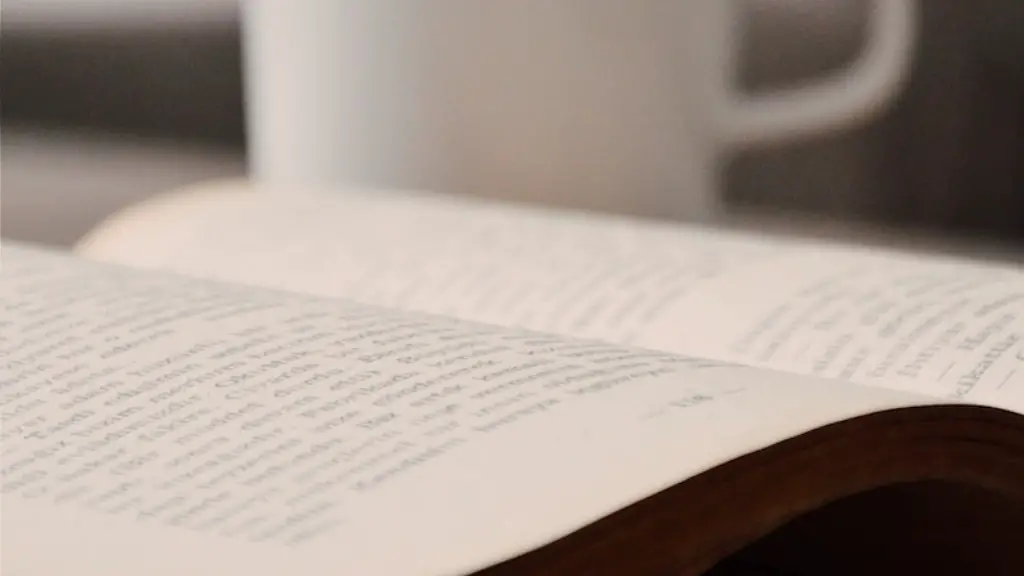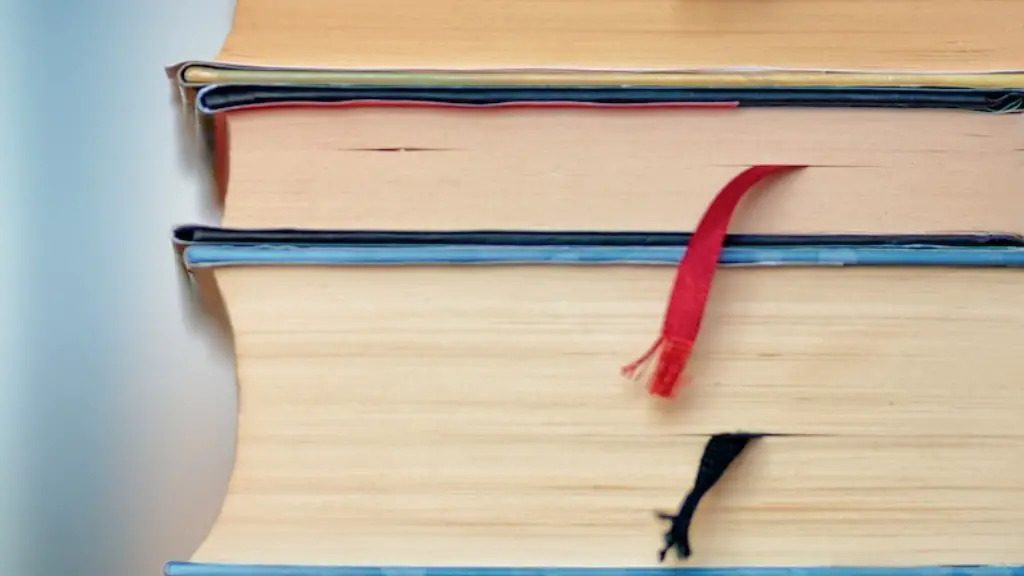Definition of Sestina
A sestina is a poetic form that was developed in 12th century France, and is still popular among poets today. It is composed of thirty-nine lines usually written in iambic pentameter, and separated into six stanzas of six lines each, plus a closing tercet. All six end-words from the first stanza are repeated in varied order as the end-words of the remaining five stanzas.
The form involves intricate repetition of words, phrases, and images to explore the intricacies of a single theme. In a sestina, the six end words alternate in the six stanzas in a pattern that is determined by a particular order. For example, in an example of a sestina, the end words of the first stanza can be a, b, c, d, e, and f. The end words of the next stanza will be f, a, e, b, d, and c, and so on.
History of Sestina
The earliest surviving sestina is De tirannide, composed in 12th century Provencal by Provencal troubadour, Arnaut Daniel. However, sestina first gained international popularity in the 16th century, due to its use by Italian poet and author, Ludovico Ariosto. Since then, the sestina has been popularized by English poets, such as John Skelton, Edmund Spenser, and Philip Sidney, as well as the most famous sestina poet, Elizabeth Bishop, who furthered the popularity and refinement of the form.
Features of a Sestina
An important feature of a sestina is that each end-word appears in each of the six six-line stanzas. This repetition creates an intricate pattern and texture that contributes to the feeling of cohesion and unity in the poem. Furthermore, the use of end-words adds a particular music to the poem, and adds to the complexity of the form.
The sestina also requires the poet to create an intricate and interconnected plot to ensure that the end-words are aptly used throughout the poem. This means that the plot must be peppered with symbols and motifs, as well as other literacry devices. This complexity and intensity of the plot also contribute to the poem’s ability to evoke emotion and create a strong impact on the reader.
Themes in a Sestina
The sestina is often used to explore themes such as life, death, love, loss, and nature. In many instances, poets choose to explore a single theme throughout the course of the sestina. This approach allows the poets to focus on a single emotion or concept for the entire poem, creating a powerful and emotionally resonant message.
For instance, Elizabeth Bishop’s sestina, The Sestina of the Tramp Royal, is a perfect example of this technique. Bishop focuses on the theme of loss, and uses the intricately woven structure of a sestina to explore this theme in a powerful, poignant way.
Metaphors and Imagery in Sestina
The sestina also allows poets to effectively use metaphors and imagery. Through the winding path of the end-words, the poet is able to lead the reader to an array of powerful images, symbols, and metaphors. This technique adds an extra level of emotion and complexity to the poem, further deepening the impact on the reader.
John Skelton’s magnificently titled sestina, La Charitee, is an excellent example of this. Through the use of vivid imagery and powerful metaphors, Skelton conveys the idea of charity and its importance in life. This technique not only adds an extra layer of complexity to the poem, but also helps to convey the idea of charity in an effective, emotive way.
Rhyme in Sestina
Many poets choose to add a layer of complexity to their sestina by implementing some sort of rhyme scheme. This can be done in any number of ways, including implementing a rhyme scheme between all six end-words, or introducing end-words that are similar and can be used in rhyming words.
This adds an extra layer of intensity to the poem, and lends additional impact to the emotion conveyed in the poem. An example of this can be seen in Emma Lazarus’s sestina, The New Colossus, which is filled with powerful imagery and rhymes that help to convey the message of hope and courage.
Modern Use of Sestina
Today, the sestina is still popular among modern poets, as it is an effective tool for exploring complex emotions, ideas, and concepts in a concise, yet powerful format. Contemporary poets such as Kay Rye, who penned the sestina entitled Haymaker, continue to use the sestina to explore a myriad of topics in a powerful, emotive way.
Furthermore, the complexity of the form and its intricate interplay of imagery and metaphor makes it ideal for expressing anything from deep personal themes to political and social issues. In this way, the sestina has adapted to a variety of different topics and themes, while still retaining its unique and powerful appeal.
Structure Of Sestina
A sestina is composed of 6 stanzas of 6 lines each, for a total of 39 lines. The lines are written in iambic pentameter, and all words of each line form an Alexandrine, which is an iambic line with twelve syllables.
The end-words of the first stanza are then used in each other stanza in an arrangement that is predetermined. This arrangement is known as the sestina key, and it is what enables the poem to form a complete circle. The sestina key usually follows the order of ABCDEF, and the next stanza will have the order of FAEBDC. This order is repeated and continues to rotate until the final stanza of the poem, which is three lines long.
Examples of Sestina
Sample examples of sestinas have been published throughout the centuries by famous poets and authors. Despite being hundreds of years old, they are still widely read and revered to this day. Some popular examples include Elizabeth Bishop’s The Sestina of the Tramp Royal, Emma Lazarus’s The New Colossus, and John Skelton’s La Charitee.
Furthermore, contemporary authors continue to write sestinas, such as Kay Rye’s Haymaker and Maria Luisa Spaziani’s Unusual Way.
Techniques for Writing Sestina
In order to successfully write a sestina, there are certain techniques that must be used. Firstly, the poet must choose six words to form the end-words for the poem. These words should be chosen carefully to form a complete circle that will unify the poem.
Furthermore, the poet must ensure that the end-words are used in a way that will create a coherent, unified effect. This means not only ensuring that each word appears in the right place, but also that they are used in an appropriate, emotive way. Additionally, it is wise to use other literary devices, such as imagery and metaphors, to further give the poem an extra emotional layer.
Benefits of Writing Sestina
Writing a sestina is an excellent way of honing one’s poetic craft. Through the intricacy of the form, the poet is able to practice their craft in a way that is creative and stimulating. Furthermore, the poet is able to become familiar with the concept of end-words and their importance in poetry.
In addition, the sestina is a great way to explore themes, emotions, and concepts in a concise and powerful format. The form is well-suited for conveying a strong, emotive message in an impactful way.
Finally, writing a sestina is a great way to experiment with different techniques and techniques, such as rhyme and imagery. This experimentation can not only lend impact to the poem, but also help the poet to become more familiar with the art of writing poetry.


